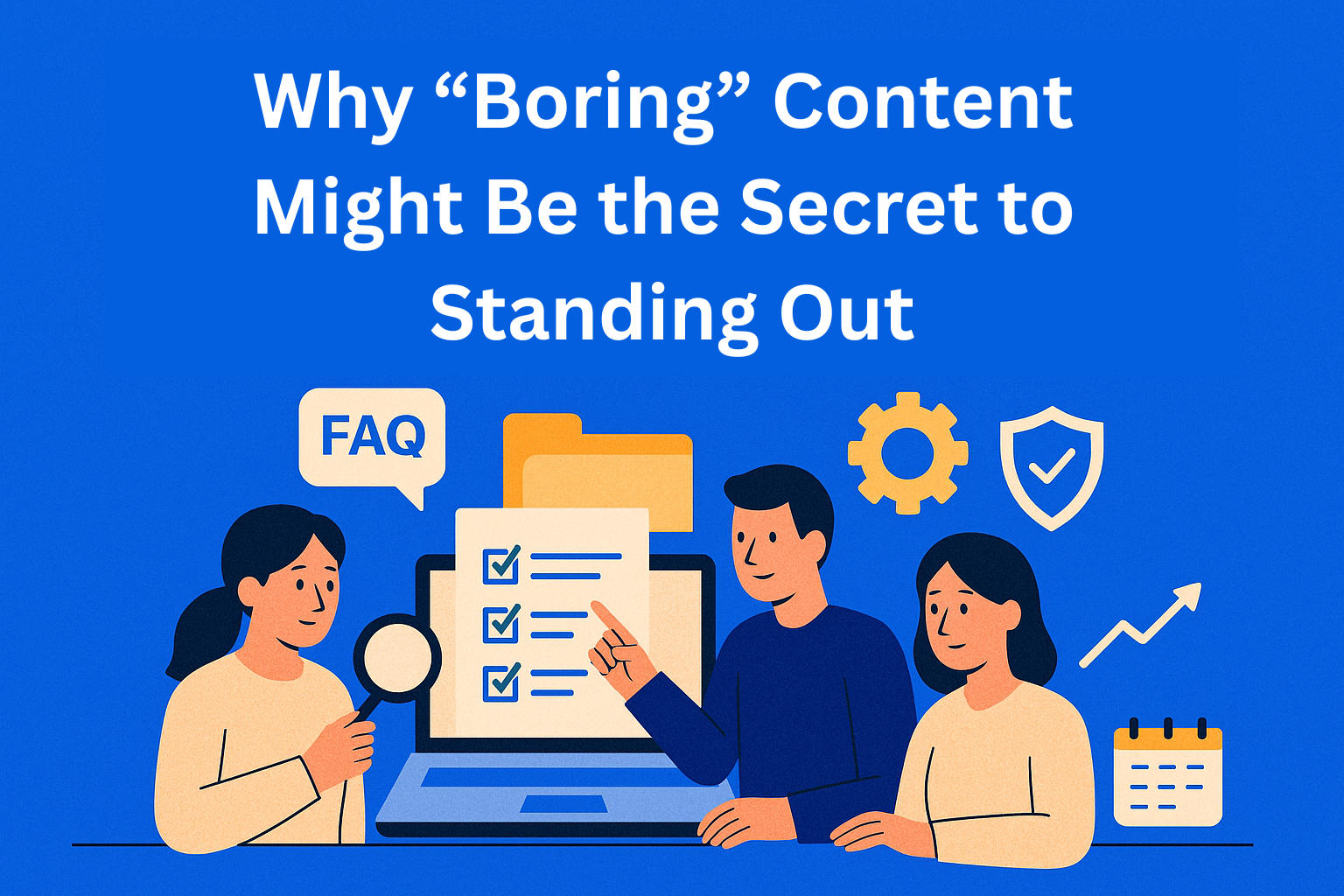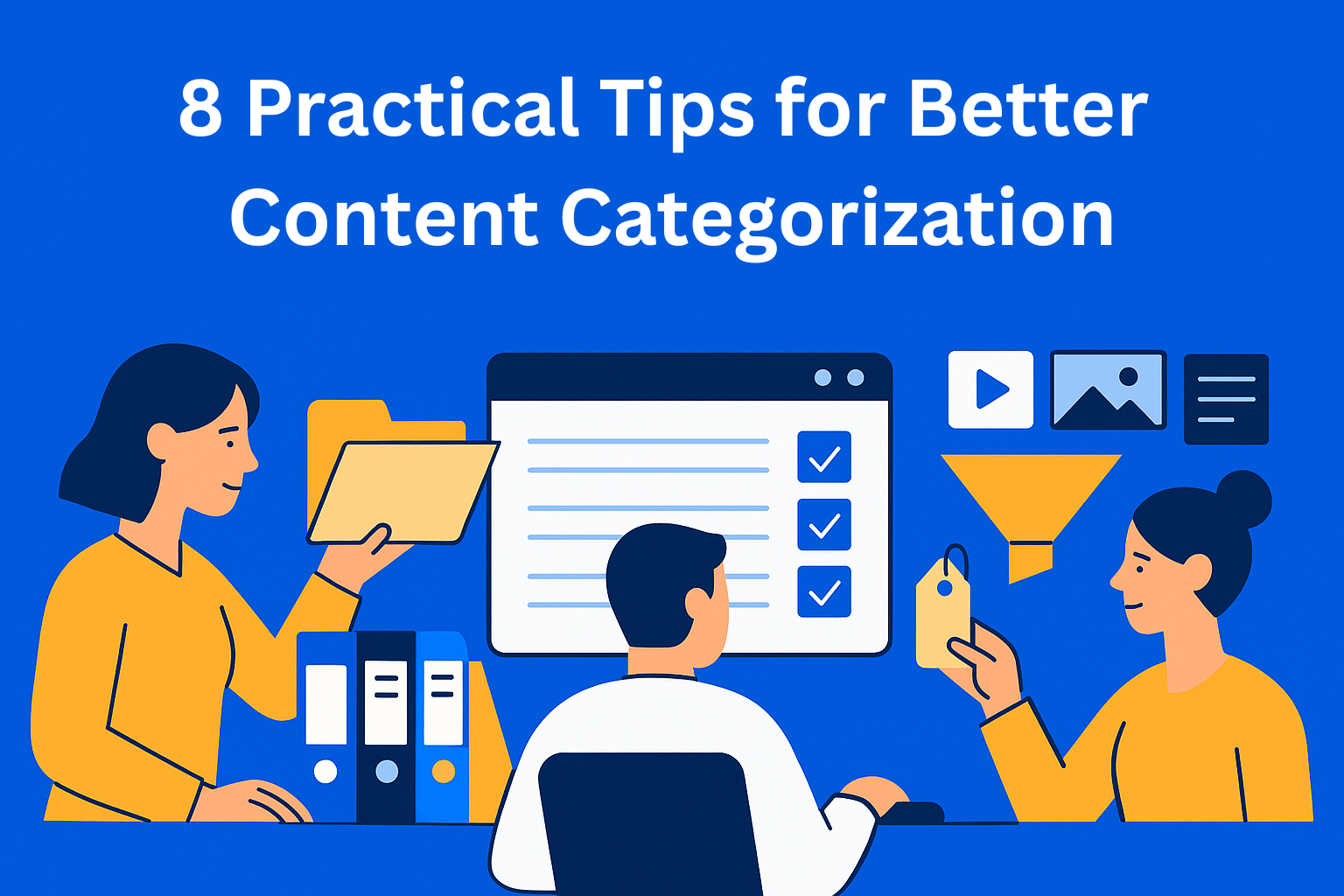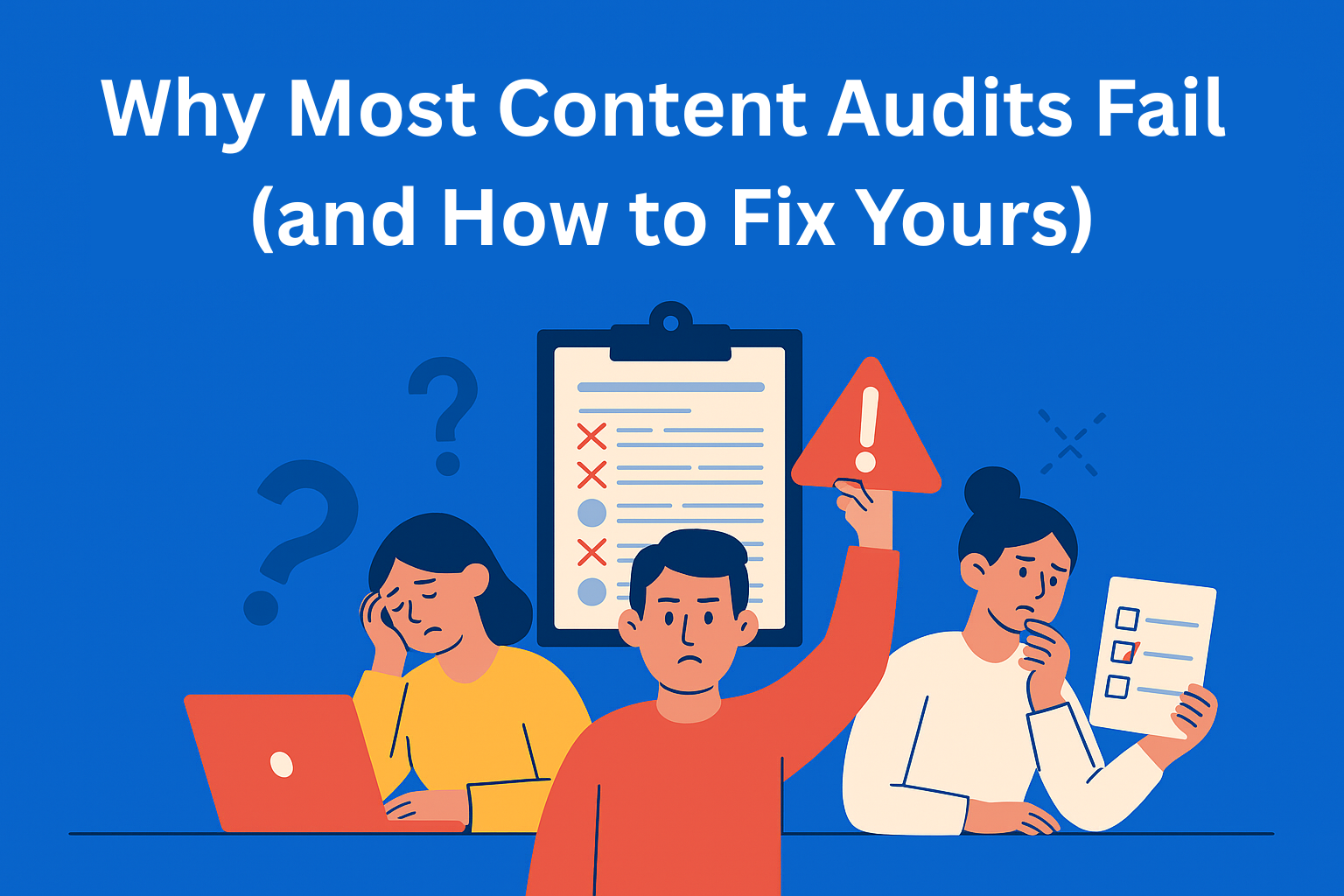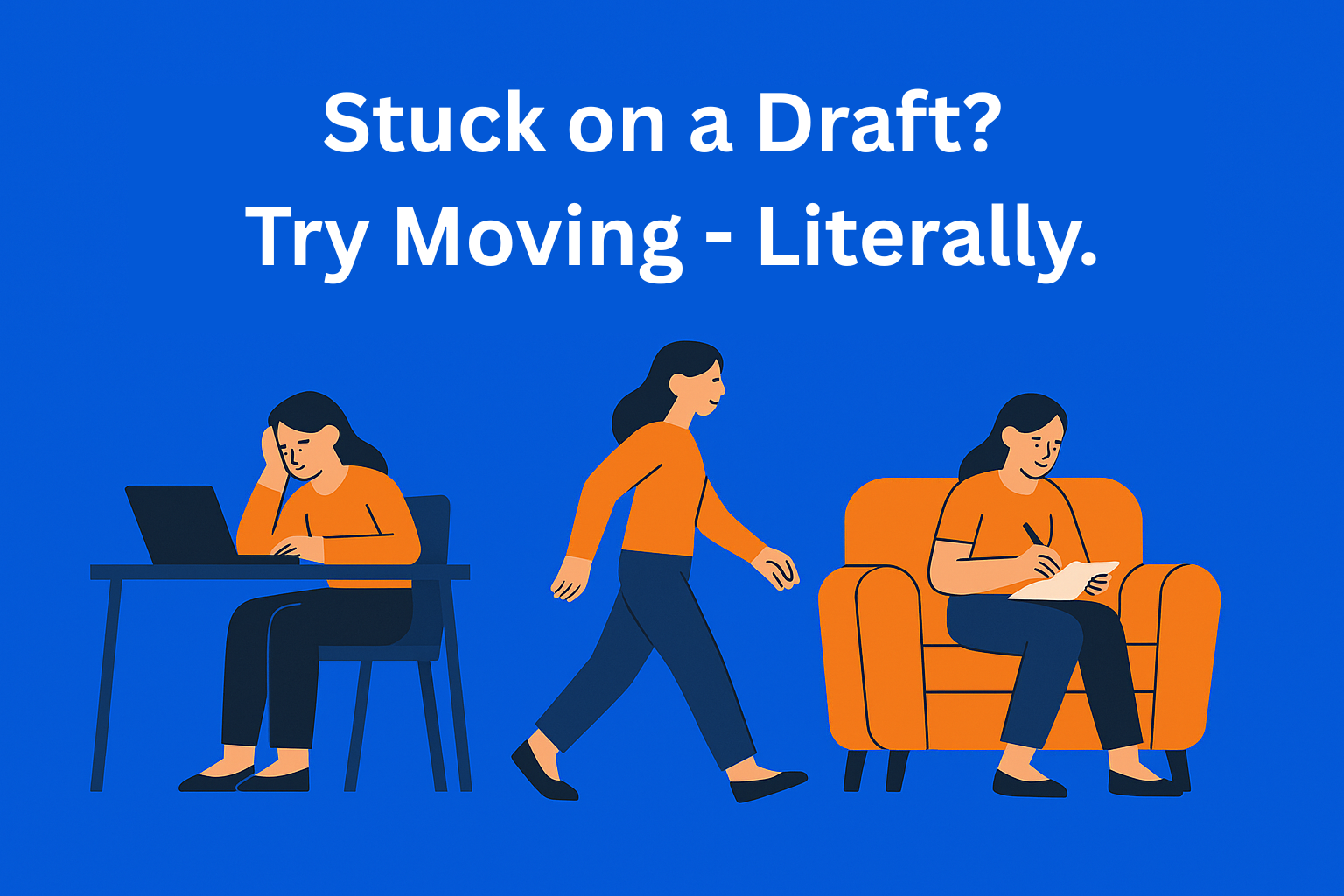Why “Boring” Content Might Be the Secret to Standing Out
Not all content needs to be flashy to work. FAQs, guides, and process explainers may feel “boring,” but they build trust, reduce friction, and deliver long-term value that trendy posts can’t.

When most people think of content marketing, they imagine viral videos, witty social posts, and campaigns that “break the internet.” But here’s a reality check: the internet is not easily broken. In fact, most brands chasing trends end up looking exactly the same.
That’s why so-called “boring” content (FAQs, documentation, step-by-step guides, or process explainers) might just be your secret weapon. Sure, it won’t get a million retweets or a TikTok dance craze in your honor (although never say never), but it does something much more valuable: it builds trust, authority, and long-term impact.
Let’s explore why “boring” content works and how you can use it to stand out in a sea of flashy, forgettable campaigns.
Key Takeaways
- “Boring” builds trust - FAQs, guides, and transparent policies signal reliability and make your brand feel safe to engage with.
- It reduces friction - clear, practical content helps users solve problems faster and lowers support costs.
- It compounds over time - helpful resources stay relevant, drive consistent traffic, and grow authority long after they’re published.
- Most brands overlook it - while others chase trends, “boring” content helps you quietly stand out as a trusted expert.
- It needs structure to scale - tools like EasyContent keep FAQs, documentation, and policies accurate and easy to manage.
Why “Boring” Content Works
1. It Builds Trust
Audiences crave reliability. If every piece of content is clickbait or a shiny gimmick, readers start questioning whether they can trust you. But when you provide straightforward answers (like how your process works, what clients can expect, or even transparent pricing) you earn credibility.
“Boring” content proves you’re not just trying to lure people in - you’re helping them. And that’s what builds lasting relationships.
2. It Reduces Friction
Think about the last time you looked for something simple online - like a company’s return policy or how to cancel a subscription. When you couldn’t find it, frustration skyrocketed, right? (Let’s be honest, nothing makes you angrier than needing to dig through 20 submenus just to figure out if returns are free.)
“Boring” content eliminates that friction. FAQs, process explainers, and resource hubs make it easy for people to find exactly what they need. The easier you make life for your audience, the more likely they’ll stick around.
3. It Has Long-Term Value
Flashy campaigns may grab attention in the moment, but straightforward content holds value over time. A blog post explaining industry regulations or a how-to guide doesn’t expire after two weeks. In fact, it often becomes your most visited content because people return to it again and again.
It may not look glamorous, but it quietly works in the background - kind of like broccoli. Not the most exciting thing on your plate, but essential for long-term health.
Types of “Boring” Content That Work
- FAQs - Answer the questions customers ask the most (and the ones they don’t ask but should).
- Process Explainers - Walk people through what happens when they hire you, buy your product, or work with your team.
- Documentation - From technical guides to onboarding checklists, clear documentation saves time for both customers and your team.
- Case Studies - Real stories aren’t boring at all, but they tend to be straightforward and detail-heavy. Done right, they’re powerful.
- Policies & Guidelines - Refunds, shipping, warranties, privacy - these all matter to your audience more than a flashy Instagram reel.
How “Boring” Content Actually Helps You Stand Out
Here’s the twist: because so few companies invest in this type of content, doing it well automatically sets you apart. Everyone else is chasing trends; you’re focusing on what actually helps your audience.
Imagine two companies:
- Company A posts memes, reels, and inspirational quotes.
- Company B posts a detailed guide on how to navigate industry regulations.
Guess who decision-makers and serious buyers are going to trust? Hint: it’s not the meme factory.
The Role of EasyContent in “Boring” Content
Here’s where EasyContent comes in. Creating and managing this type of content requires organization - otherwise, things slip through the cracks. With EasyContent, you can:
- Store all your FAQs, guides, and policies in one central hub.
- Use documentation features to keep everything consistent across projects.
- Assign reviewers (like SMEs) to fact-check and approve content before it goes live.
- Track updates so you’re never stuck with outdated or inconsistent information.
Think of it as your backstage crew - quiet, invisible, but making sure the entire show doesn’t collapse.
Tips for Making “Boring” Content Engaging
“Boring” doesn’t have to mean lifeless. You can still keep things engaging while being clear and professional.
- Use plain language - Cut jargon. Simple is better.
- Add visuals - Diagrams, infographics, and even quick screenshots help explain processes.
- Keep it organized - Break content into sections with headings and bullet points (your audience will thank you).
- Inject personality - A dash of humor or brand voice goes a long way (see: this blog).
- Update regularly - Outdated content can be worse than no content at all.
Conclusion
At the end of the day, not all content needs to be exciting. Some of the most powerful content you’ll ever create will be the least flashy - because it answers questions, solves problems, and builds trust.
So next time someone says FAQs or documentation are “boring,” remind them: boring gets bookmarked, boring earns trust, and boring is often the reason customers stick with you instead of the competition.
Because in a world full of noise, sometimes the most powerful way to stand out… is to be clear, steady, and yes - just a little bit boring.






